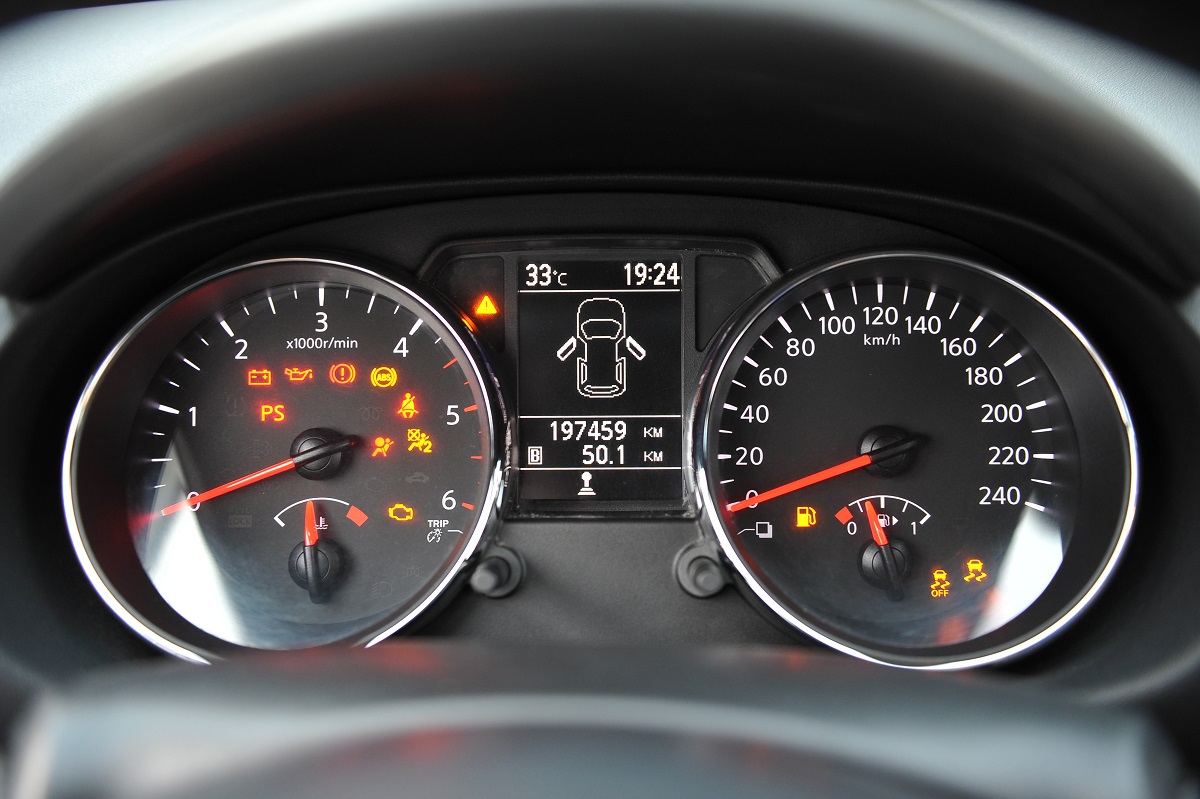Sep 11, 2019

We all dread the day that we have a warning light on our dashboard. Modern cars are now fitted with electronics and packed with sensors. They help monitor how your vehicle is behaving and to make our motoring life easier.
But, do you know what the different lights mean? Well, it’s important to know what they mean because they can help pre-empt a breakdown, full failure or serious damage.
Brakes on your car are the most important feature. Therefore, if this light is flashing on your dashboard, there’s something wrong with the braking system. As with any problem, get it checked as soon as you can!
If this light is illuminated, you may notice some unusual symptoms, such as a lack of power. Your car will go into safe mode to protect itself, with an intermittent stuttering as you press the accelerator, caused by a misfire or another fault, which could affect engine response.
This can be down to something as small as a faulty electrical sensor, although don’t think this is always the case! It can mean a larger mechanical issue. Get a professional mechanic to check it out, as ignoring it can lead to irreparable damage.
An airbag’s purpose is to keep you safe in the event of an accident. A faulty airbag will not go off in a crash, putting you and your passengers at risk of injury. The other possibility is that your airbag could go off when you least expect it, causing an injury and an expensive repair.
This light indicates a problem with the steering system. If this system is failing, you may notice your steering is heavy. This will require more effort to change direction, putting you at risk when trying to make a sudden lane change on the motorway.
Modern diesel cars will be fitted with a diesel particulate filter which removes the harmful soot from the exhaust gasses to reduce emissions. If you have noticed a black smoke cloud every time you press the accelerator you could be damaging your engine. A blocked DPF filter can be expensive to replace.
Without any coolant, your car’s engine temperature will rise, resulting in it welding itself together. A coolant dashboard light will show if your coolant levels are running low. Check the gauge on the side of your coolant tank under the bonnet to give an idea of levels. However, this can also be the sign of a larger problem such as a head gasket failure, or something less major like a leak.
Battery charge warning lights will be illuminated when your first turn your car on, but if this doesn’t go out a few seconds after, this could mean a problem with your car’s electrical system. This could be a problem with a few things such as a faulty battery or damaged cabling in the engine bay.
An oil warning light will flash up if oil temperature gets too high or low, or if the oil pressure is too low. Oil lubricates your engine, with the oil pump used to spray the fluid to all corners of your engine. If temperatures begin to rise, or worse yet, the level is low or pressure drops, the effectiveness of the lubrication can be lost altogether. If you want to avoid a costly repair, get it checked ASAP!